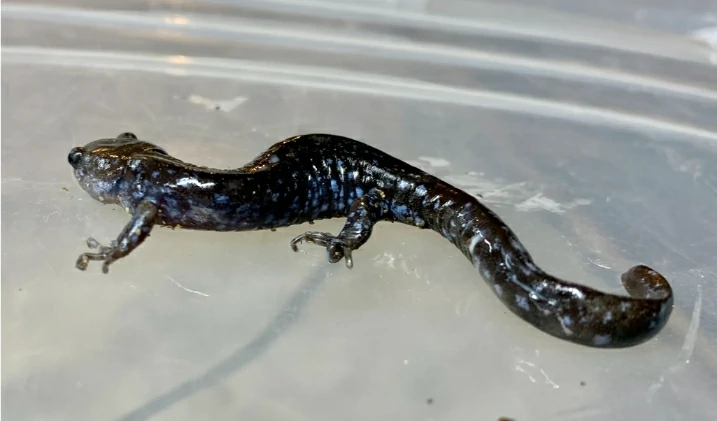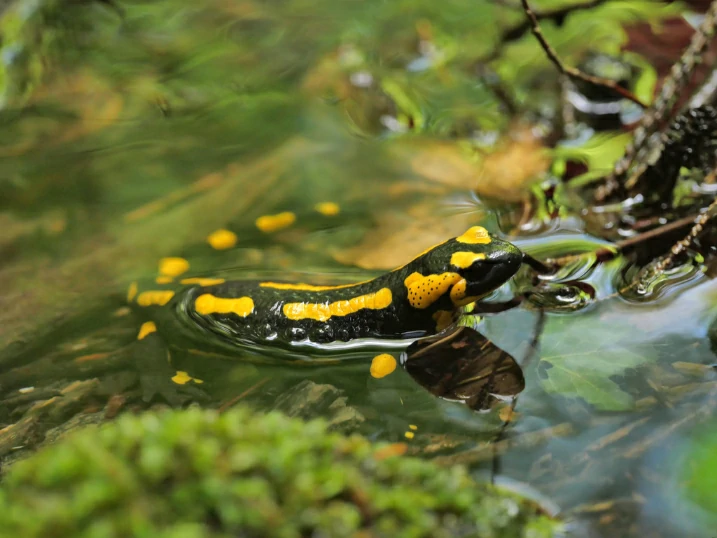Can You Die From Touching A Salamander?
Salamanders are soft-skinned amphibians that often live in wet, quiet places. Their gentle appearance and slow movements may seem harmless, but some people wonder whether touching one could be dangerous or even deadly. No, you can not die from simply touching a salamander, but some species produce toxins that can irritate your skin or cause … Read more










